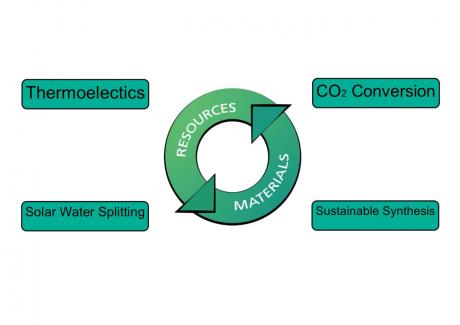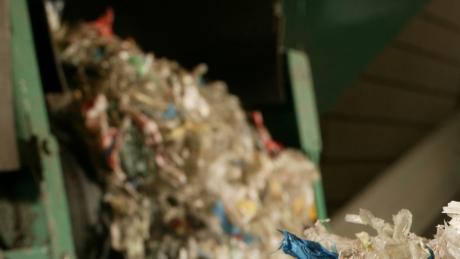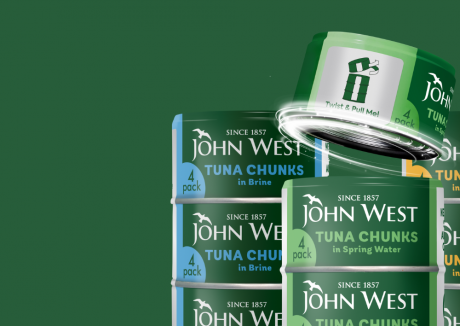Image from FreePik website
By Giampiero Zazzaro
While the European Union has mandated that by 2030 all packaging must be industrially recyclable, signalling a shift towards a circular economy and transforming packaging from a disposable product into a continuous resource, NASA has its eyes set on a much broader horizon. It is now looking at the recycling of space waste, pointing us towards a future where the lifecycle of packaging could extend beyond Earth, transforming waste into useful resources for space exploration. Are we prepared for this leap into the unknown?
One of the ambitious aims of European legislation is indeed to create a world where packaging can perpetuate in a virtuous cycle. However, despite the progress made so far, many technical and logistical obstacles still hinder terrestrial recycling and push us towards new perspectives. As natural resources dwindle and waste management systems on our planet reach their limits, we may soon look beyond Earth’s boundaries for alternative solutions.
NASA, ever at the forefront of addressing humanity’s most complex challenges, has launched the Waste to Base Materials Challenge, an initiative to promote new methods of transforming waste into primary materials and other valuable resources. The goal is ambitious: to convert waste produced during space missions into usable resources, requiring the ability to transform packaging, food scraps, damaged materials, and organic human waste into essential materials or critical energy to support astronaut survival and mission sustainability. Thus, NASA is seeking recycling solutions that could prove essential not only in space but also on Earth, where such technologies might revolutionise our approach to waste management.
These initiatives lead us to a fundamental reflection: are we truly so far from needing to consider space recycling as a necessity? What is certain is that Earth, with its finite resources and increasingly complex consumption model, faces an unprecedented crisis. And what if the future of sustainable packaging lies not only in our planet’s circular model but in expanding that cycle beyond Earth?
The MoonRecycle Challenge, part of NASA's initiatives, addresses these very themes. In the future, discarded packaging, polymers, food waste, and textiles could be transformed into indispensable resources for space exploration and human survival, thanks to low-energy, environmentally friendly solutions. The lessons learned in space about converting waste into useful materials could be brought back to Earth, further enhancing the sustainability of our production and consumption systems.
A world of fully biodegradable, compostable, and recyclable packaging is not so distant but may not be sufficient to solve global sustainability issues. Could space, then, become the new laboratory for sustainability, a realm to develop and test innovative resource management solutions, helping us to preserve our planet? All we can do is turn our gaze toward the eternal, serene cosmos, observing human endeavours even beyond Earth’s boundaries.









